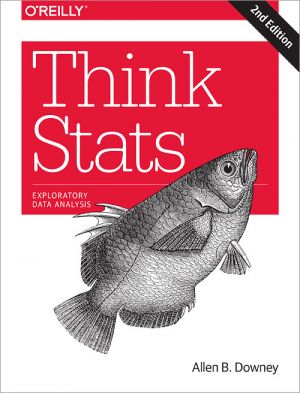
If you know how to program, you have the skills to turn data into knowledge, using tools of probability and statistics. This concise introduction shows you how to perform statistical analysis computationally, rather than mathematically, with programs written in Python.
By working with a single case study throughout this thoroughly revised book, ...
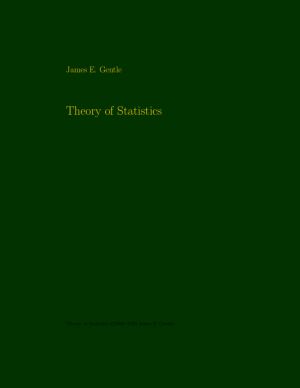
This book is directed toward students for whom mathematical statistics is or will become an important part of their lives. Obviously, such students should be able to work through the details of 'hard' proofs and derivations. In addition, students at this level should acquire, or begin acquiring, a deep appreciation for the field, includin...
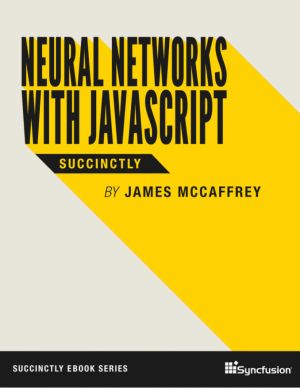
James McCaffrey leads you through the fundamental concepts of neural networks, including their architecture, input-output, tanh and softmax activation, back-propagation, error and accuracy, normalization and encoding, and model interpretation. Although most concepts are relatively simple, there are many of them, and they interact with each other in...
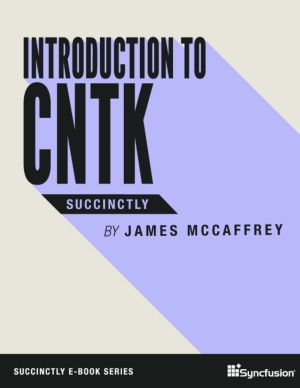
Microsoft CNTK (Cognitive Toolkit, formerly Computational Network Toolkit), an open source code framework, enables you to create feed-forward neural network time series prediction systems, convolutional neural network image classifiers, and other deep learning systems. In Introduction to CNTK Succinctly, author James McCaffrey offers instruction on...
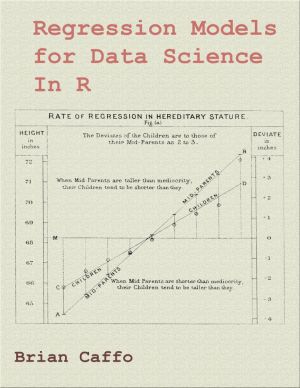
The ideal reader for this book will be quantitatively literate and has a basic understanding of statistical concepts and R programming. The student should have a basic understanding of statistical inference such as contained in "Statistical inference for data science". The book gives a rigorous treatment of the elementary concepts of regr...
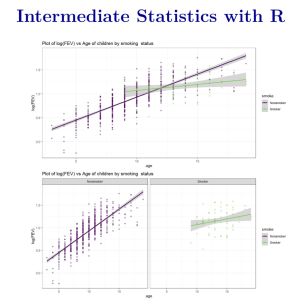
Introductory statistics courses prepare students to think statistically but cover relatively few statistical methods. Building on the basic statistical thinking emphasized in an introductory course, a second course in statistics at the undergraduate level can explore a large number of statistical methods. This text covers more advanced graphical su...
